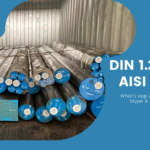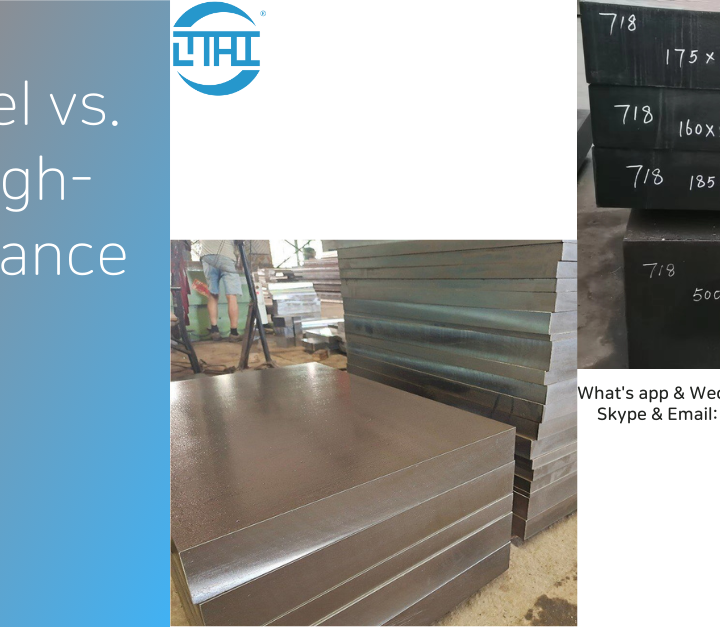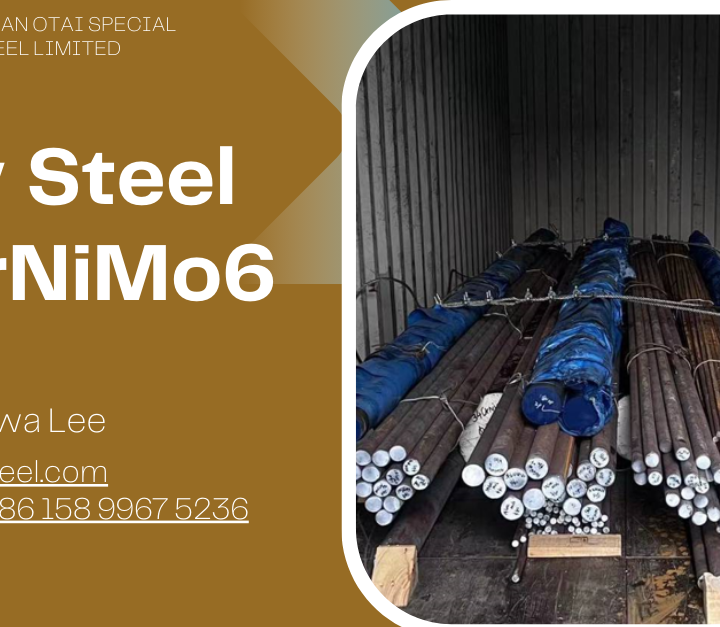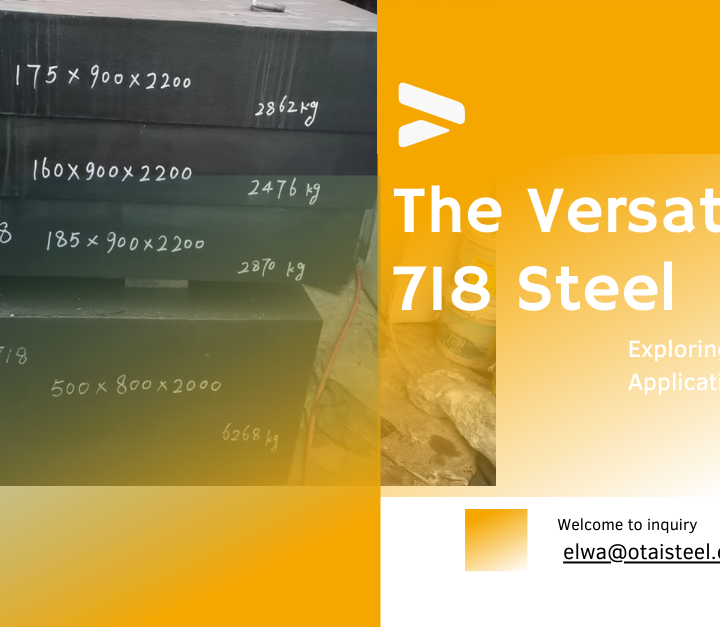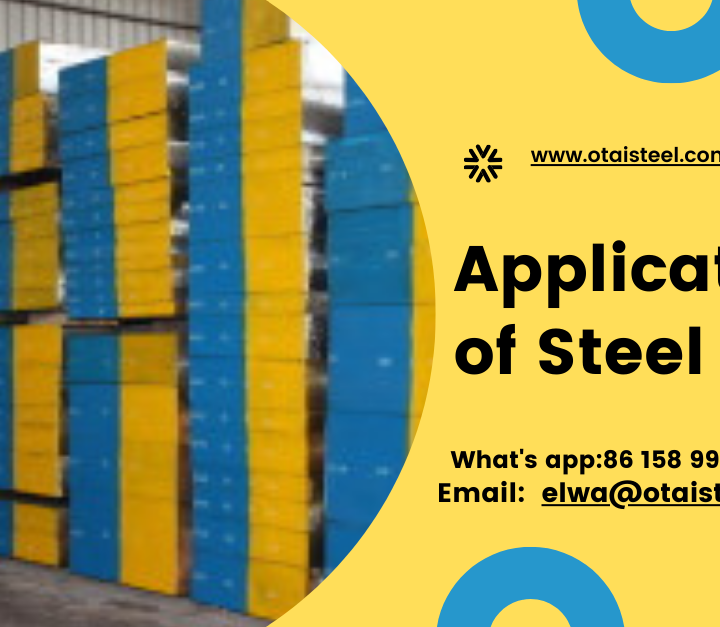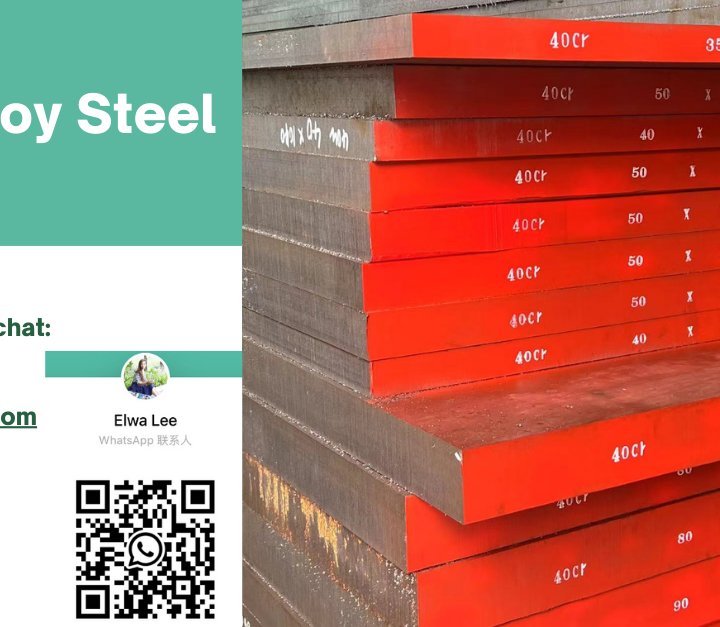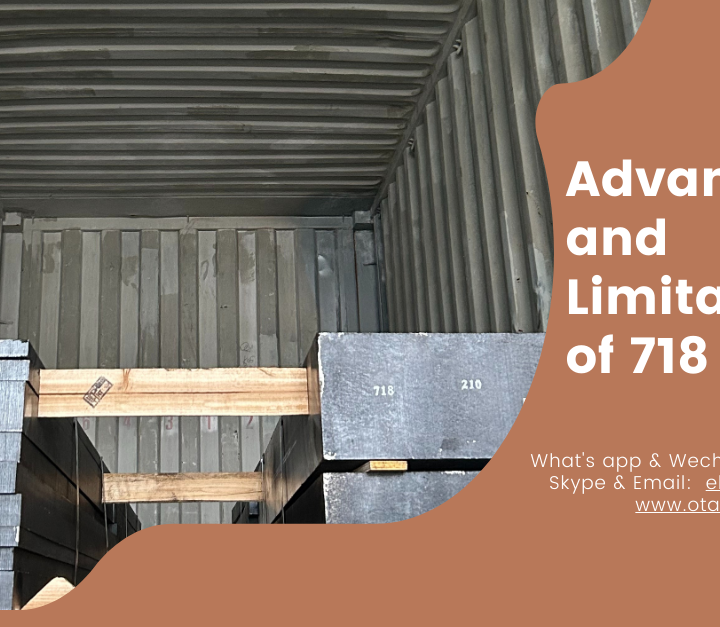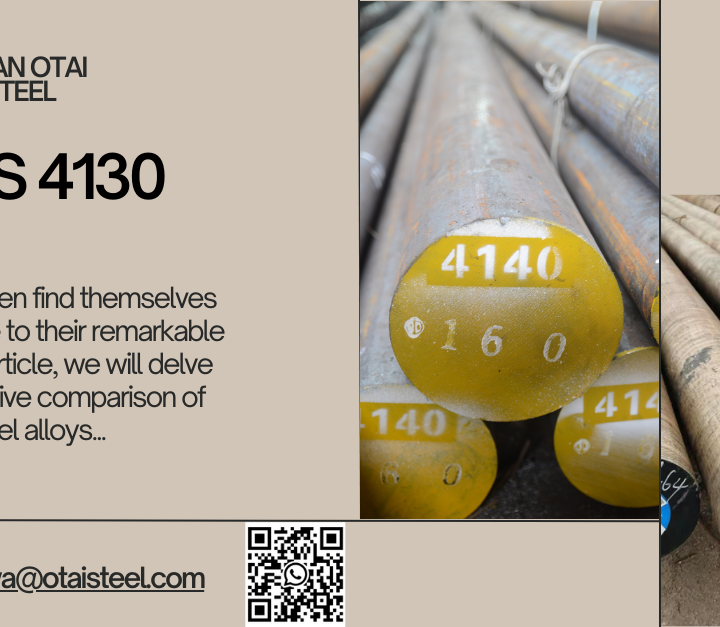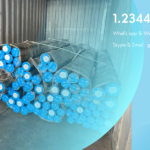In the world of tool steels, DIN 1.2344 and AISI H13 are two widely recognized grades known for their exceptional properties and versatile applications. While both are hot-work tool steels, there are distinct differences between DIN 1.2344 and AISI H13 in terms of composition, standards, and regional preferences. Let’s delve into these disparities to gain a deeper understanding of each steel grade.
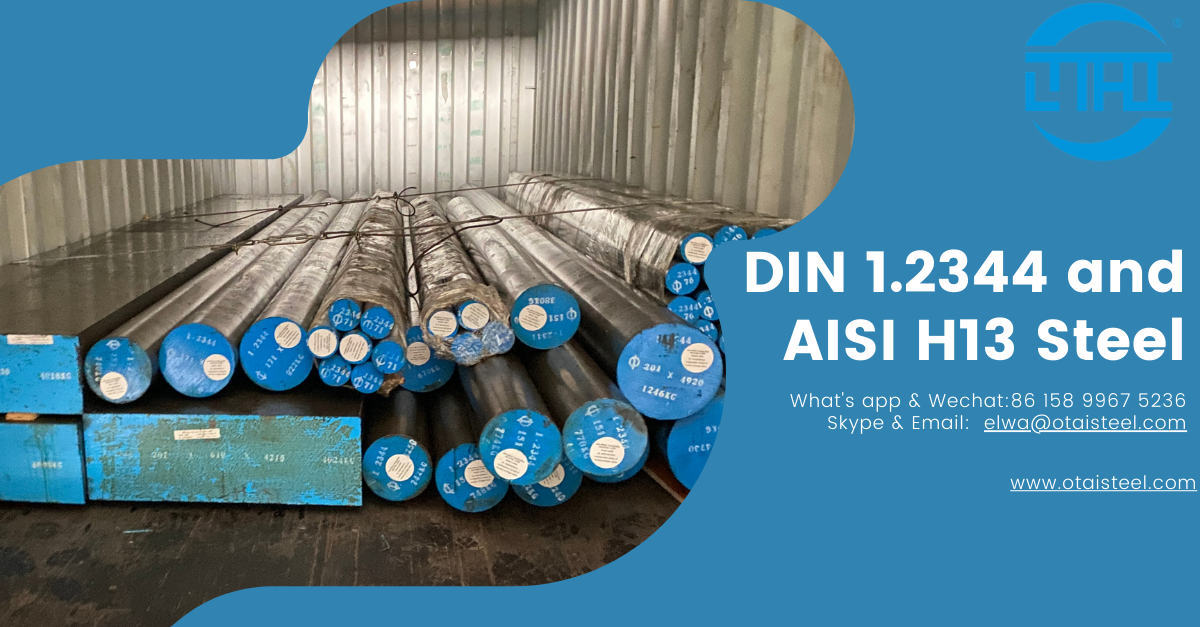 Composition and Chemical Properties
Composition and Chemical Properties
One of the primary differences between DIN 1.2344 and AISI H13 lies in their chemical composition. While both grades are primarily composed of carbon, chromium, molybdenum, vanadium, and silicon, the exact composition may vary slightly between the two standards. DIN 1.2344 adheres to the German standard, whereas AISI H13 follows the American Iron and Steel Institute (AISI) standard. As a result, there may be minor differences in the specified ranges for certain alloying elements.
Standards and Specifications
Another key distinction between DIN 1.2344 and AISI H13 is the standardization and specification process. DIN 1.2344 conforms to the German DIN EN ISO 4957 standard, which ensures consistency and quality control according to European guidelines. On the other hand, AISI H13 is governed by the American Society for Testing and Materials (ASTM) A681 standard, which sets specifications for tool steels in the United States. While both standards aim to establish guidelines for material properties and performance, differences in testing methods and tolerances may exist between the two.
Regional Preferences and Applications
Due to historical and regional factors, DIN 1.2344 and AISI H13 may be preferred in different geographical regions and industries. DIN 1.2344 is more commonly used in Europe and adheres to German engineering standards, making it a popular choice for tooling and manufacturing applications across the continent. Conversely, AISI H13 is widely utilized in the United States and North America, where it is recognized for its superior performance in hot-work applications such as die casting, forging, and extrusion.
Performance and Application Considerations
While both DIN 1.2344 and AISI H13 offer excellent hardness, toughness, and heat resistance, performance may vary depending on specific application requirements and operating conditions. Factors such as heat treatment, machining processes, and surface treatments can significantly impact the performance and longevity of tooling components made from these steel grades. It is essential for engineers and manufacturers to carefully evaluate their application needs and consult with materials experts to determine the most suitable steel grade for their intended purpose.
Conclusion
In conclusion, DIN 1.2344 and AISI H13 are two prominent hot-work tool steels known for their exceptional properties and versatile applications. While they share many similarities in terms of composition and performance, differences in standards, specifications, and regional preferences set them apart. Engineers and manufacturers must carefully consider these factors when selecting the appropriate steel grade for their specific applications, ensuring optimal performance and reliability in demanding industrial environments.
